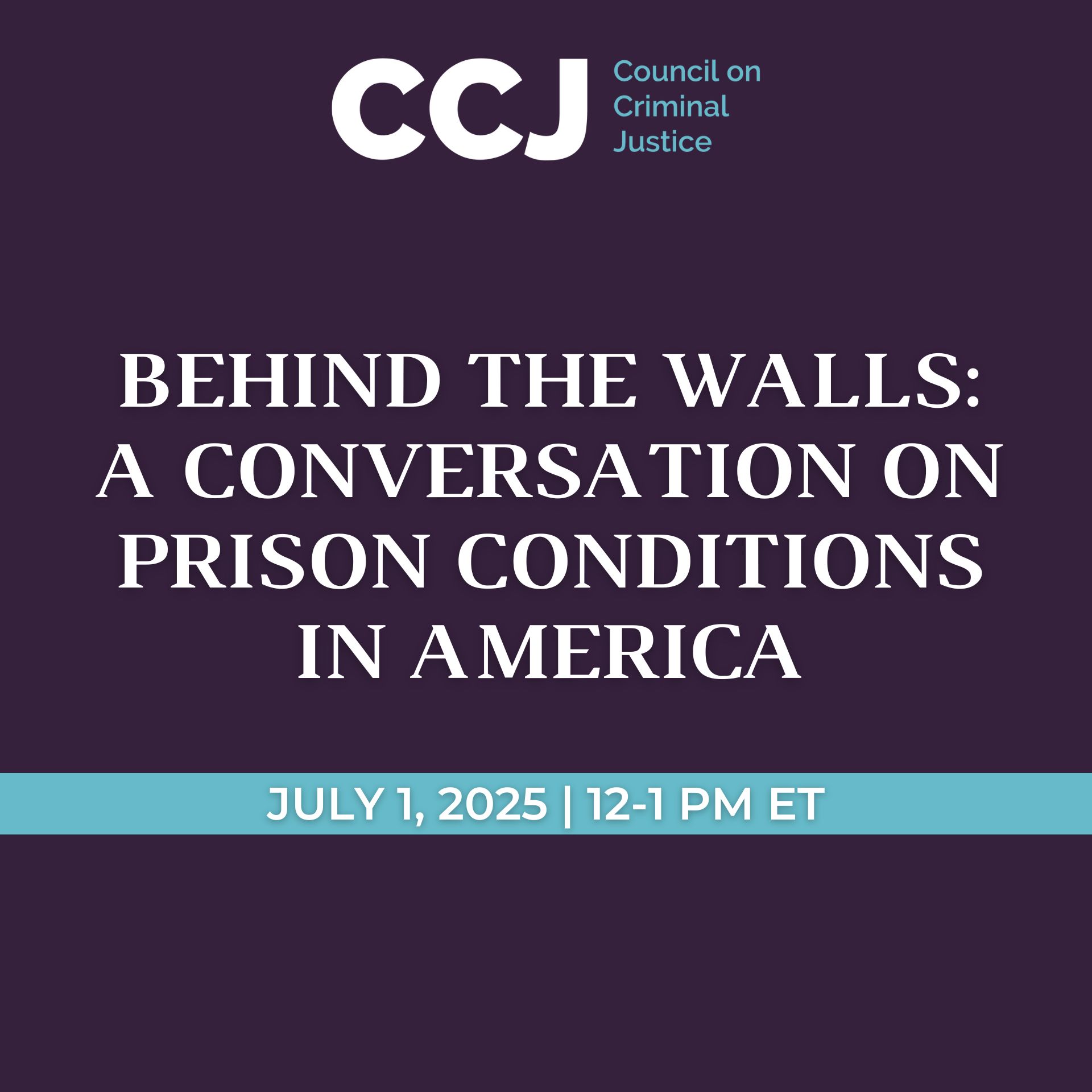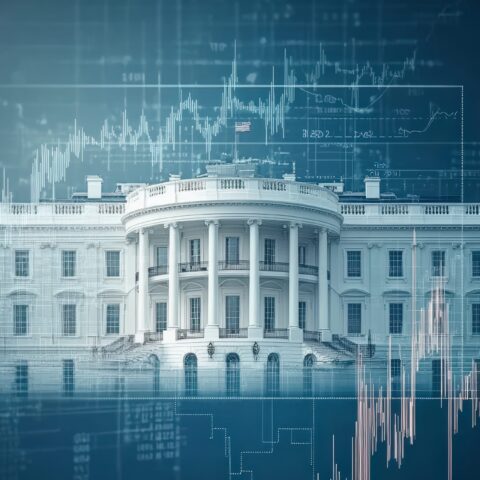New CCJ analysis of 24 cities shows a mixed picture, with trends driven by large numbers in New York City
FOR IMMEDIATE RELEASE
5:00 a.m. ET | November 7, 2023
Contact: Jenifer Warren
jwarren@counciloncj.org
916-217-0780
WASHINGTON, D.C. – Reported shoplifting incidents in U.S. cities rebounded in the first half of 2023 compared to levels seen prior to the start of the coronavirus pandemic, but that trend was driven by the large number of incidents in New York City, according to a new analysis released today by the Council on Criminal Justice.
Examining trends in 24 cities where police have consistently published data over the past five years, the analysis found that shoplifting reports were 16% higher (about 8,450 more incidents) during the first half of 2023 compared to the first half of 2019. With New York excluded from the sample, however, the number of incidents among the study cities was 7% lower (about 2,550 fewer incidents).
Among the cities, New York (+64%) and Los Angeles (+61%) recorded the biggest growth in reported shoplifting from mid-year 2019 to mid-year 2023. St. Petersburg (-78%) and St. Paul (-65%) had the largest decreases.
Looking at the most recent trends, Los Angeles (+109%) and Dallas (+73%) experienced the largest shoplifting increases among the study cities in the first half of this year compared to the first half of last year. San Francisco (-35%) and Seattle (-31%) saw the biggest drops.
“Shoplifting, especially ‘smash and grab’ episodes caught on video, has received extensive attention from the media and policymakers, and retailers have cited theft concerns in closing stores and placing goods in locked cases,” said CCJ Research Specialist Ernesto Lopez, co-author of the report. “Far better data from law enforcement and the retail industry data is needed to help strengthen our grasp of shoplifting trends. For now, it’s unclear if the increase is a result of increased shoplifting, increased reporting from businesses to police, or a combination of both.”
The analysis, prepared for CCJ’s Crime Trends Working Group, adds new context to previous efforts to measure shoplifting trends, which were based on data from single jurisdictions or retailers. The CCJ study uses data from local law enforcement agencies and the U.S. Justice Department’s National Incident-Based Reporting System (NIBRS). Because the data reflect only reported incidents, they almost certainly undercount total shoplifting.
Overall, shoplifting generally followed the same patterns as other acquisitive crimes (except motor vehicle theft) over the past five years, according to the FBI’s national data. But unlike other types of larcenies, shoplifting remained below pre-pandemic levels through 2022.
Other findings from the analysis include:
- The median value of goods stolen in shoplifting incidents grew from about $75 in 2019 to roughly $100 in 2021. Excluding cases ranking in the top 10% by value, the value of stolen goods in the vast majority (90%) of shoplifting incidents in 2021 was $756 or less, a $184 increase from 2019.
- The proportion of reported shoplifting incidents that involved an assault or other crime rose 9% from 2019 to 2021 but constitutes a small share (less than 2%) of overall shoplifting events. Store assaults were 7% lower in the first half of 2023 than in the first half of 2022 but were 8% higher for the same period compared to 2019.
- The share of shoplifting incidents categorized as felonies (in five of the cities) nearly doubled from about 8% prior to the pandemic to almost 16% in the first half of 2023. (State statutes set felony theft dollar thresholds.)
- Whether a city experienced a decrease, increase, or no change in shoplifting rates from 2018 to 2023 does not appear related to its geographic location. For example, three West Coast cities experienced three different trends. Seattle had a moderate decline. After a large spike from September 2021 to April 2022, San Francisco returned to pre-pandemic levels. Los Angeles has seen increased shoplifting rates since the summer of 2021.
“It’s critical that we distinguish quantity from quality,” said CCJ President and CEO Adam Gelb. “The overall data doesn’t indicate a great shift in the average shoplifting event, but the brazen ransacking incidents, coordinated on social media and captured on video, clearly suggest that there is a sense of lawlessness afoot, that anything goes. We typically think of serious violent crimes, like mass shootings, as the offenses that spark fear and drive the politics of crime. But these mass shoplifting events have the potential to derail two decades of criminal justice reform.”
The report was produced with support to the Crime Trends Working Group from the Annie E. Casey Foundation, Arnold Ventures, the Harry Frank Guggenheim Foundation, Southern Company Foundation, and Stand Together Trust, as well as the John D. and Catherine T. MacArthur Foundation and other CCJ general operating contributors.
About the Crime Trends Working Group
Launched by CCJ in the spring of 2023, the Crime Trends Working Group is a diverse panel of expert producers and consumers of criminal justice statistics. Its mission is to explore and explain current crime trends while building consensus for significant improvements in the nation’s capacity to produce timely, accurate, and complete crime data.
About the Council on Criminal Justice
The Council on Criminal Justice (CCJ) is a nonpartisan invitational membership organization and think tank that advances understanding of the criminal justice policy challenges facing the nation and builds consensus for solutions based on facts, evidence, and fundamental principles of justice.



